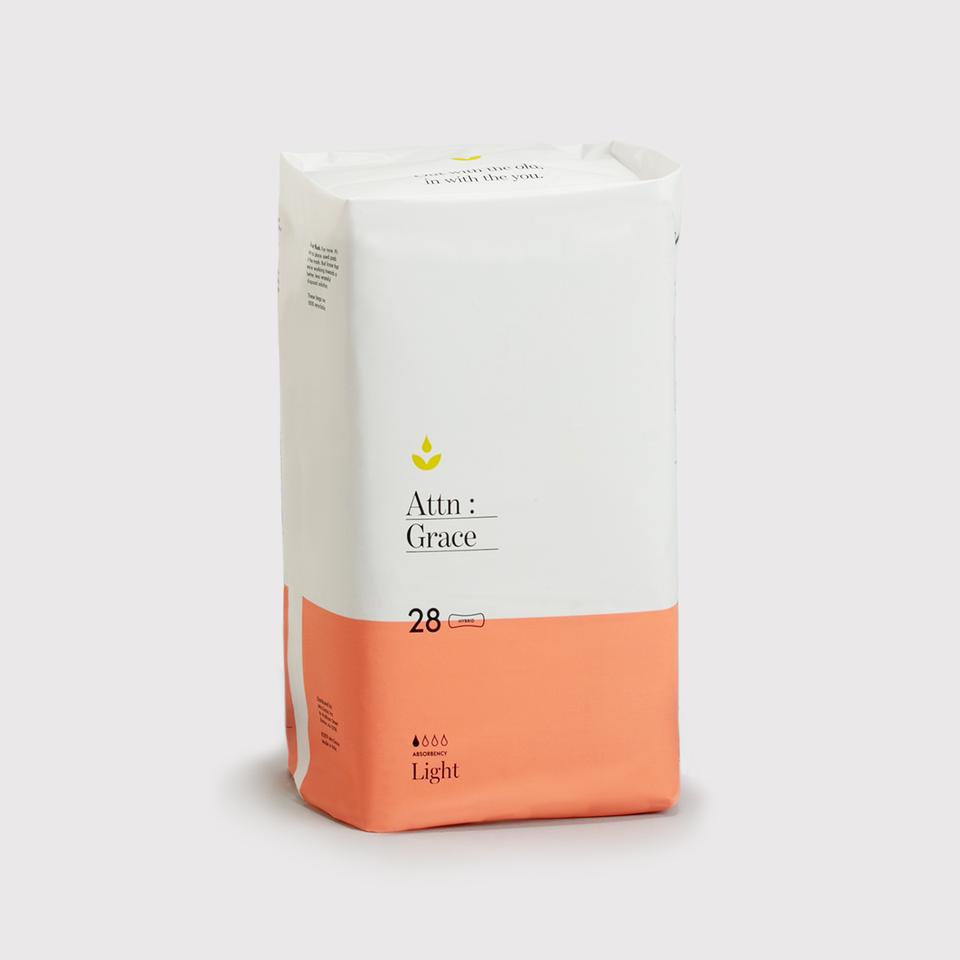How can I dispose of incontinence pads?
It is important to have incontinence pads disposed in the proper way. Incontinence pads are disposable, but you still want to ensure they are being disposed in a safe and secure manner.
People do not just throw incontinence pads into regular garbage bins or trash cans, because it can be hazardous to sanitation workers when too much incontinence products have been put into the regular trash bin.
The best ways for disposing incontinence products are through placing them in sealed plastic bags or tying them up in tight knots before putting them in the garbage bin. This helps prevent odors from leaking out of incontinence pads if too many incontinence pads are thrown in together, and it also prevents incontinence products from spilling out into the regular trash.
The incontinence pads should not be torn open before being placed into the garbage bin because this could cause employees that are cleaning the bins to have difficulty sorting through all of the incontinence items that have been thrown away. If incontinence products were mixed with food waste, for example, they may not be able to go through it alone since these incontinence products are disposable and cannot be used again.
When taking incontinent pads out of their plastic bags or tying them up tightly, make sure to use gloves or other protective materials to keep odors from transferring onto your skin. This can help you avoid getting an infection if incontinence products were to touch the skin directly.
If someone does not have incontinence pads and they need them for a short period of time, they should try to use old clothing as replacements instead. Remember that incontinence pads should only be used for a certain amount of time before throwing them away, so wearing them longer than necessary can cause discomfort and put people at risk for having accidents.
People who do not want incontinence pads to go into regular trash bins should talk with their local city management officials about what rules and regulations are in place concerning proper disposal of incontinence products. City managers may decide that it is safest to disposeontinence products through contracting private companies, instead of having incontinence products mixed with other waste.
By taking out incontinence pads at night, properly sealing them up in plastic bags or tightly tying their wrappers, and then placing them into the trash bin outside, people can ensure that incontinence products are disposed in a safe manner. This helps to avoid any problems for sanitation workers if too many incontinence products are thrown away together, and it also prevents odors from leaking out however incontinence items are tied up or sealed before disposal.
If you need information about how to dispose of incontinence pads at your home without an expensive service coming through to pick them up every week, contact your manager or department of public works to find out what is available in your city, county or state. You can also simply search online to see if there are incontinence pad disposal services that will come by periodically to pick up incontinence pads for you.

